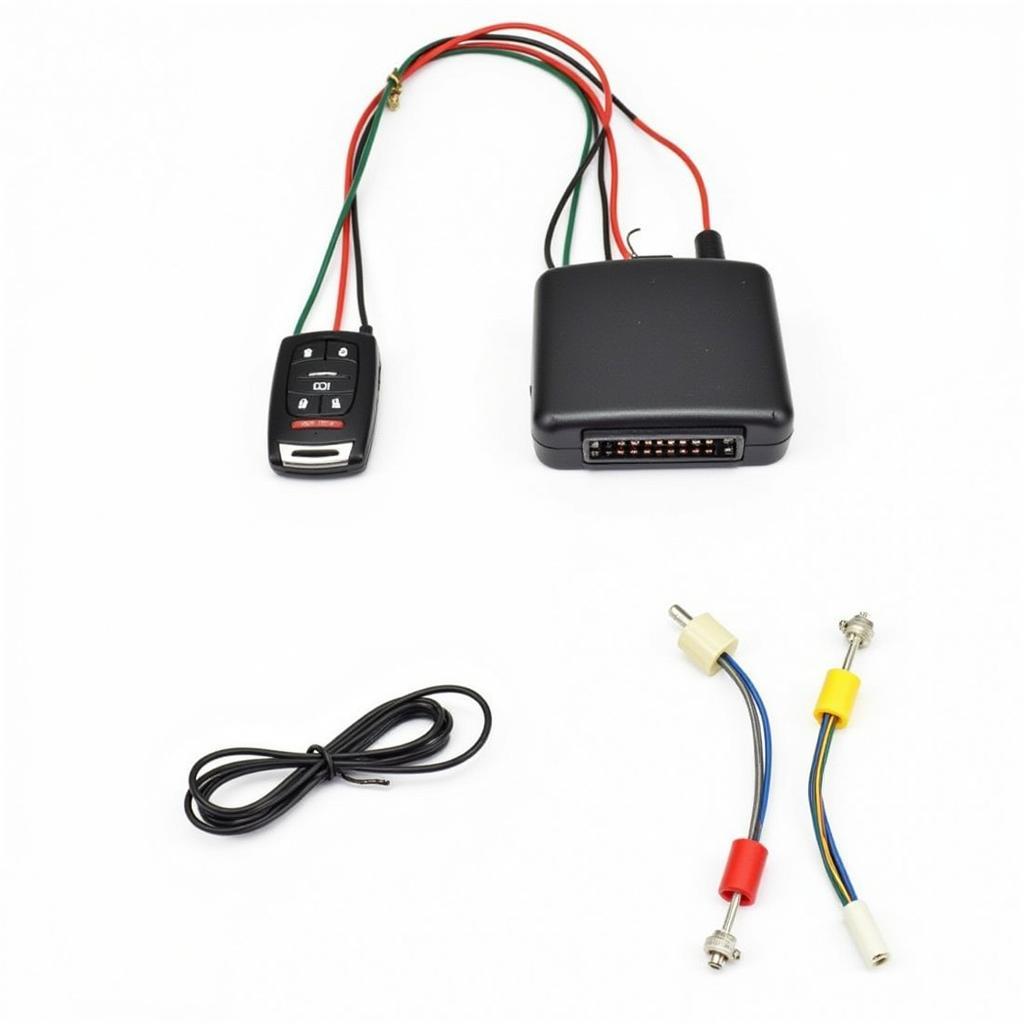Your car’s brake system is crucial for your safety. That’s why it has several components designed to ensure its optimal performance, including the brake pad warning tab. This small but mighty part lets you know when your brake pads are wearing thin and need replacement. But where exactly is this tab located? This guide will answer that question and more.
What Does the Brake Pad Warning Tab Do?
The brake pad warning tab is a small metal indicator attached to your brake pad. As you drive and your brake pads wear down, the tab eventually comes into contact with the brake rotor. This contact creates a high-pitched squealing or screeching sound, alerting you that your brake pads are nearing the end of their life and need replacing.
Where to Find the Brake Pad Warning Tab
The location of the brake pad warning tab can vary slightly depending on your car’s make and model. However, it’s typically found on the inner side of the brake pad, facing the rotor. Here’s how to locate it:
- Safety First: Park your car on a level surface and engage the parking brake.
- Locate the Wheels: Focus on the wheel where you hear the squealing sound.
- Access the Brakes: You may need to remove the wheel to get a clear view. Refer to your car’s owner’s manual for instructions.
- Identify the Brake Caliper: This is the metal component that houses the brake pads.
- Inspect the Inner Brake Pad: Look for a small metal tab protruding from the brake pad’s backing plate on the side facing the rotor. This is your warning tab.
What if I Don’t Hear Any Squealing?
While the brake pad warning tab is designed to alert you with a squealing sound, there are instances where you might not hear it, or you might hear it intermittently. This can be due to several reasons:
- Worn Out Tab: If the tab itself has worn down completely, it won’t make contact with the rotor to create the sound.
- Dirt or Debris: Accumulated dirt and debris can sometimes muffle the sound or prevent the tab from making contact with the rotor.
- Faulty Installation: Incorrect brake pad installation could result in the tab not being positioned correctly to contact the rotor.
What to Do When You Hear the Squeal
The squealing sound is a clear signal that you need to replace your brake pads as soon as possible. Driving with worn brake pads can significantly reduce your braking efficiency and increase your stopping distance, putting you and others at risk.
Don’t ignore the squeal! Here’s what you should do:
- Schedule an Inspection: Visit a trusted mechanic or dealership to have your brakes inspected.
- Replace Brake Pads: If the inspection confirms worn-out brake pads, have them replaced immediately.
- Check Rotors: While replacing brake pads, it’s a good idea to have your brake rotors inspected and resurfaced or replaced if necessary.
2001 b3000 disable seat belt warning
Importance of Regular Brake Inspections
Even if you don’t hear the telltale squealing, it’s crucial to have your brakes inspected regularly as part of your car’s routine maintenance. Most mechanics recommend a brake inspection every 12,000 miles or at least once a year. Regular inspections can help identify potential brake problems early on, preventing costly repairs and ensuring your safety on the road.
Conclusion
Knowing the location of the brake pad warning tab and understanding its purpose is crucial for maintaining your car’s braking system and ensuring your safety. Always pay attention to any unusual sounds coming from your brakes and schedule regular inspections to keep them in optimal condition. Remember, a well-maintained brake system is a significant investment in your safety and peace of mind.


